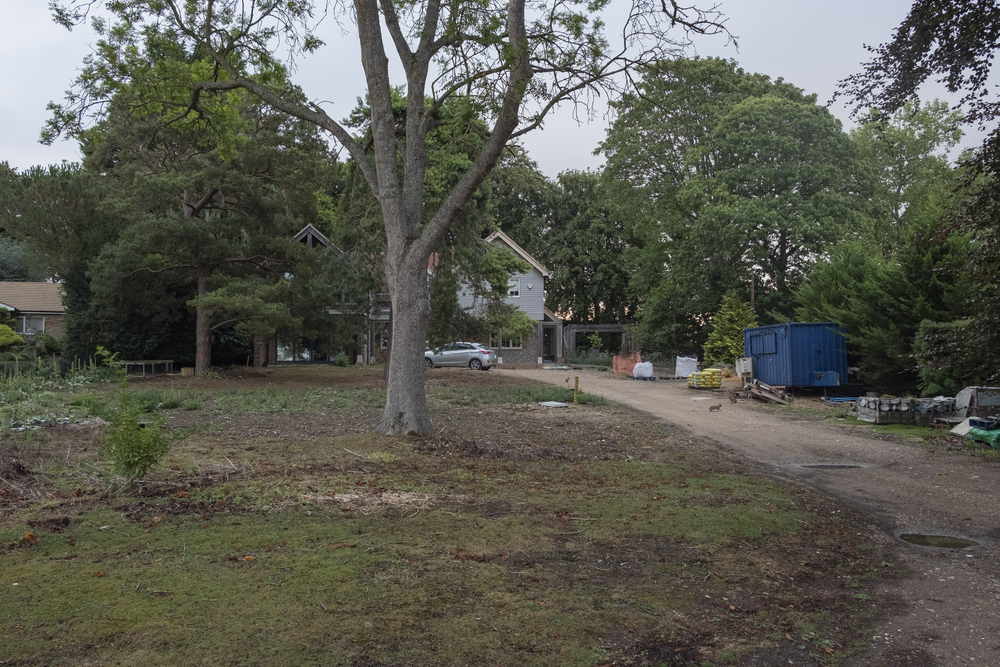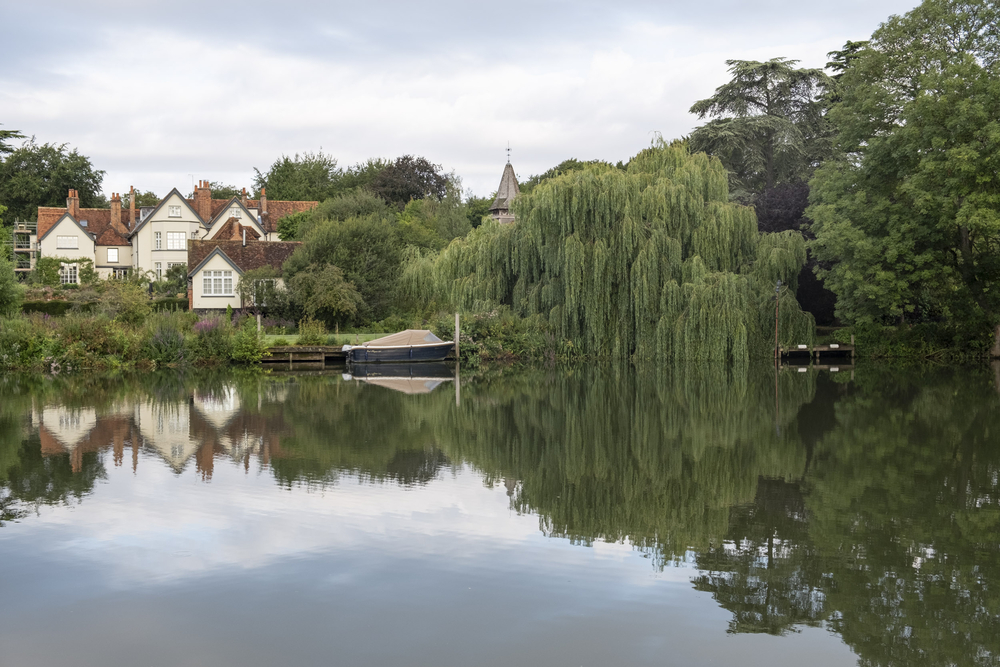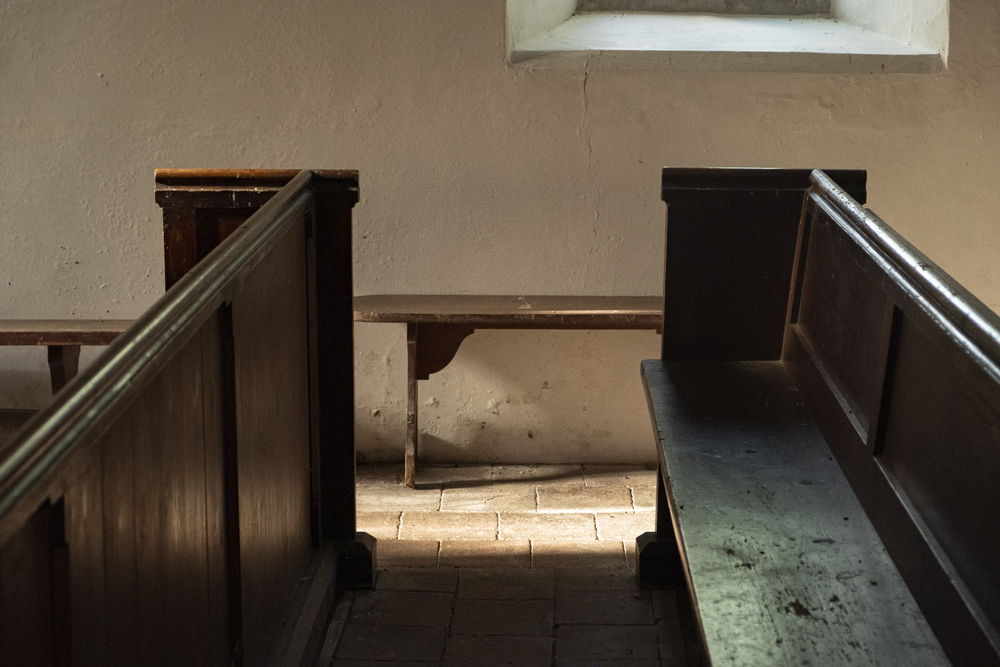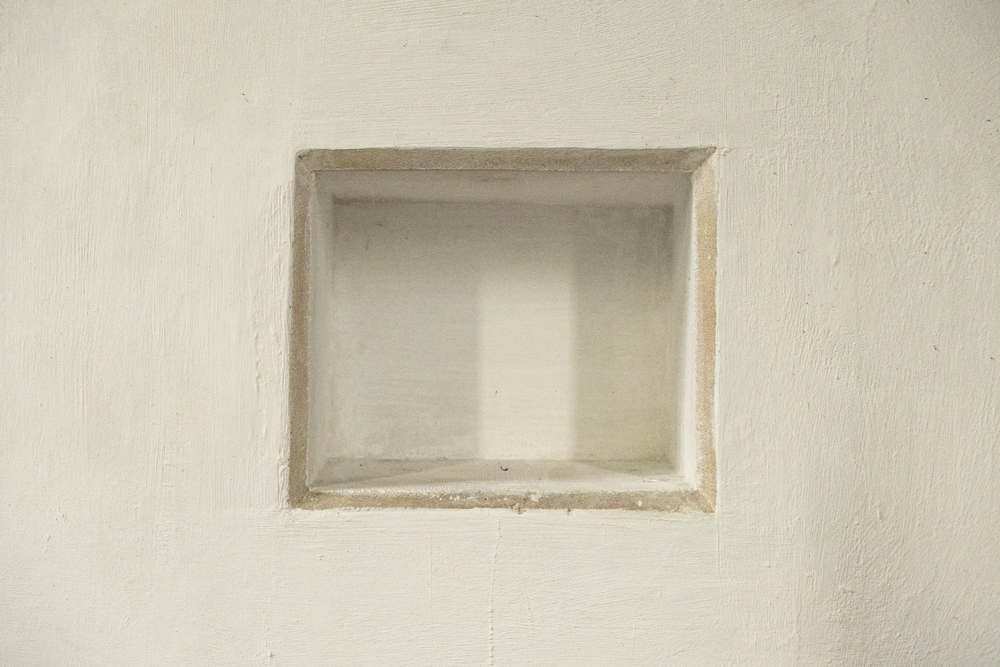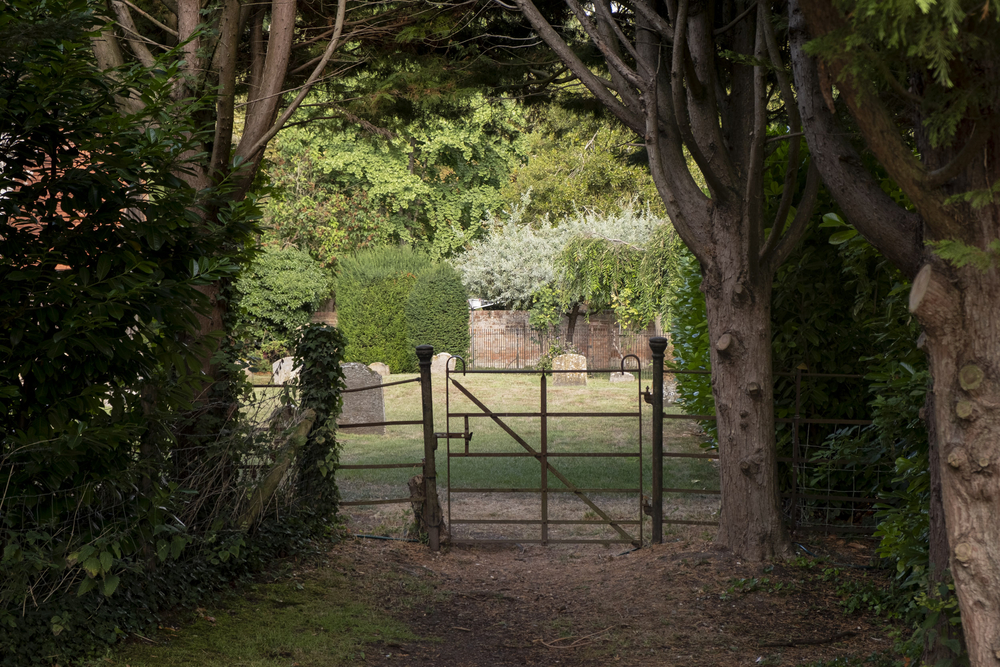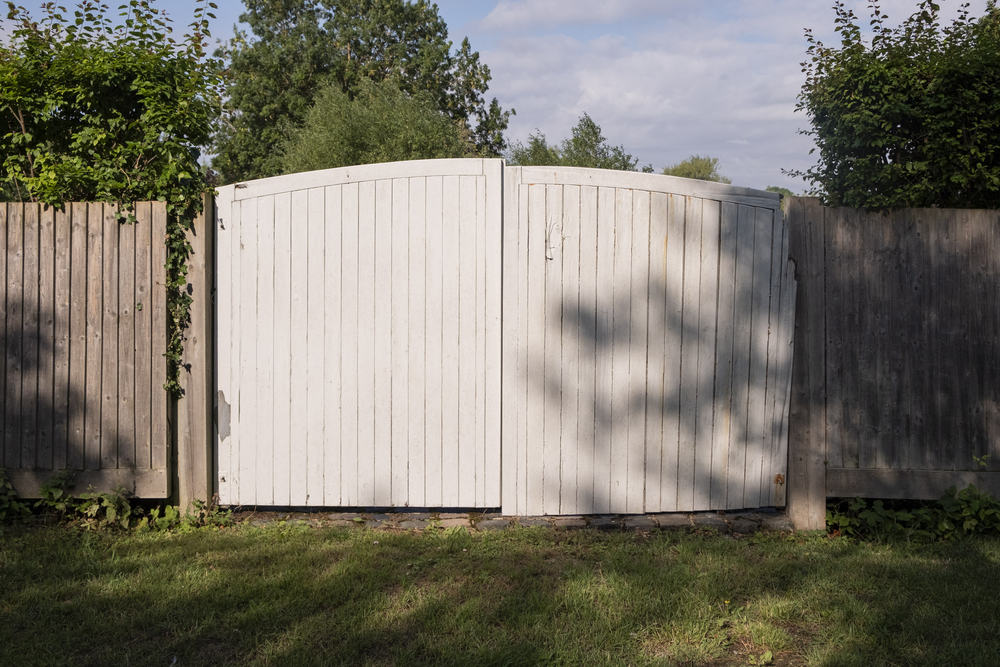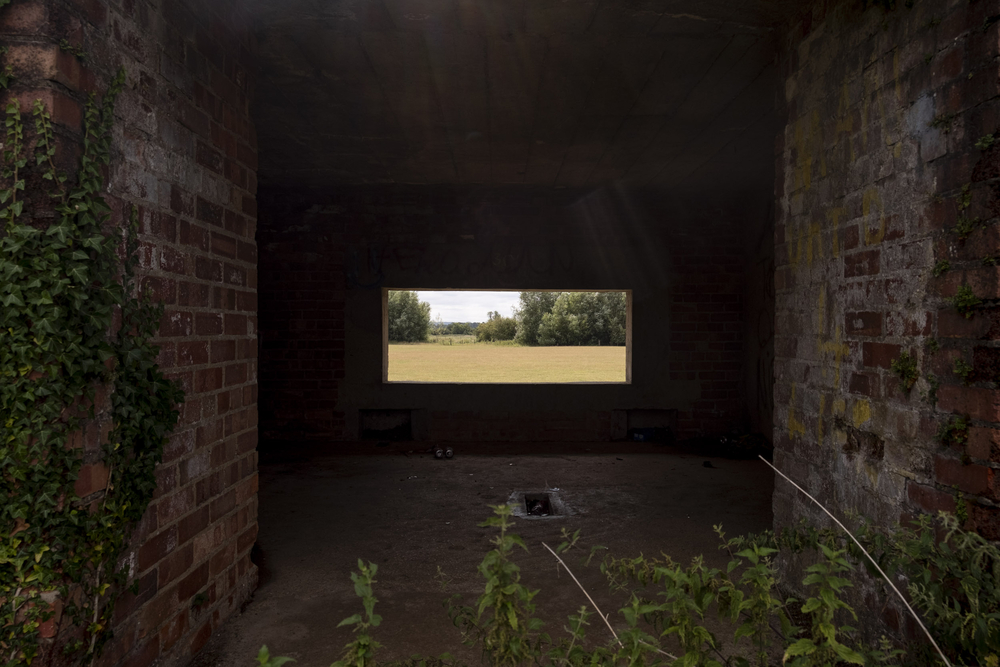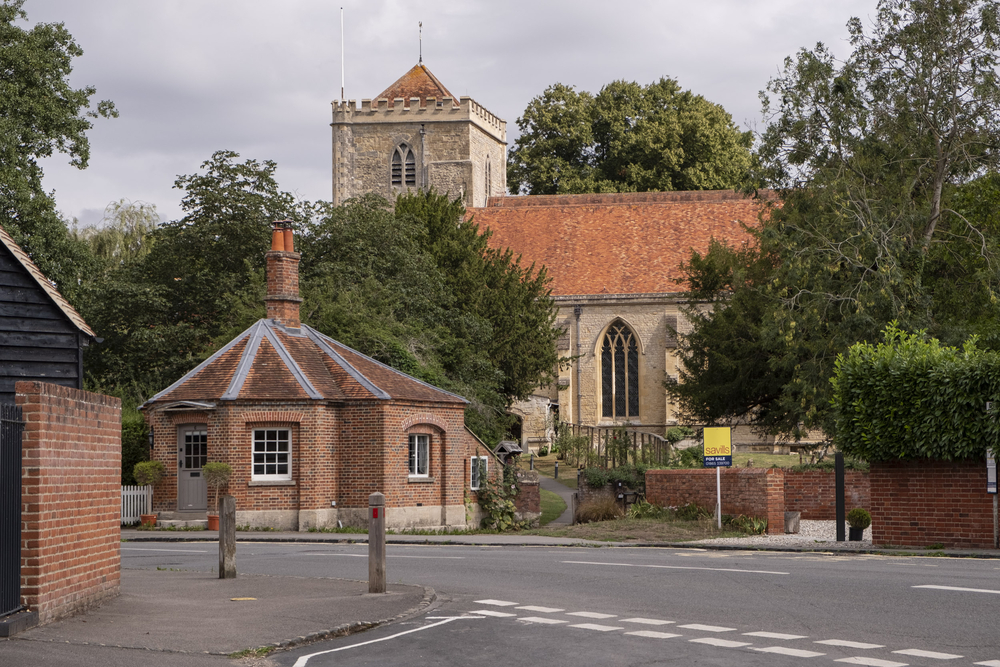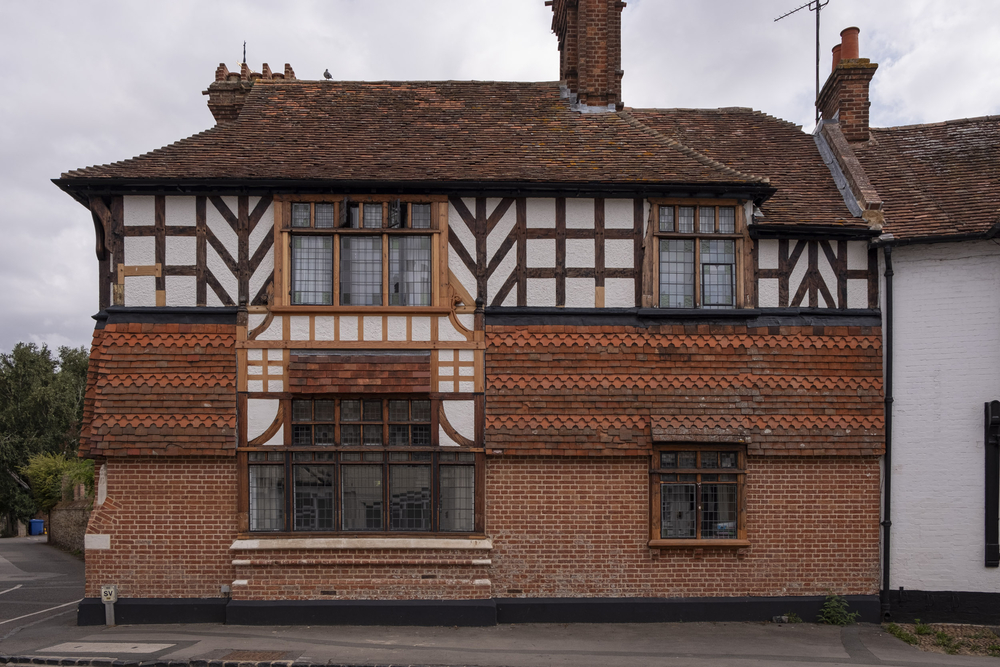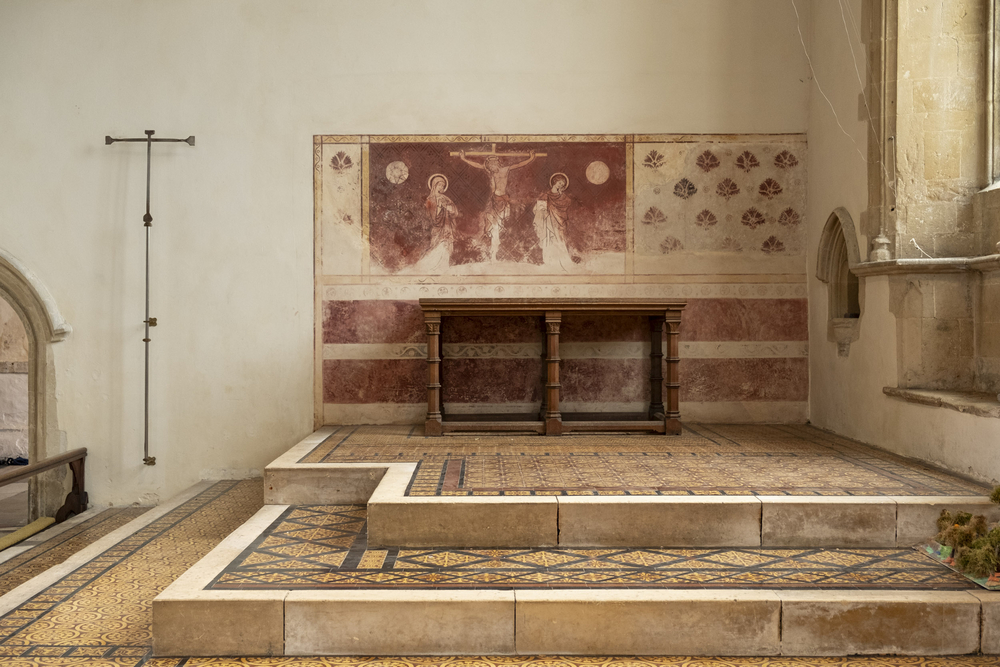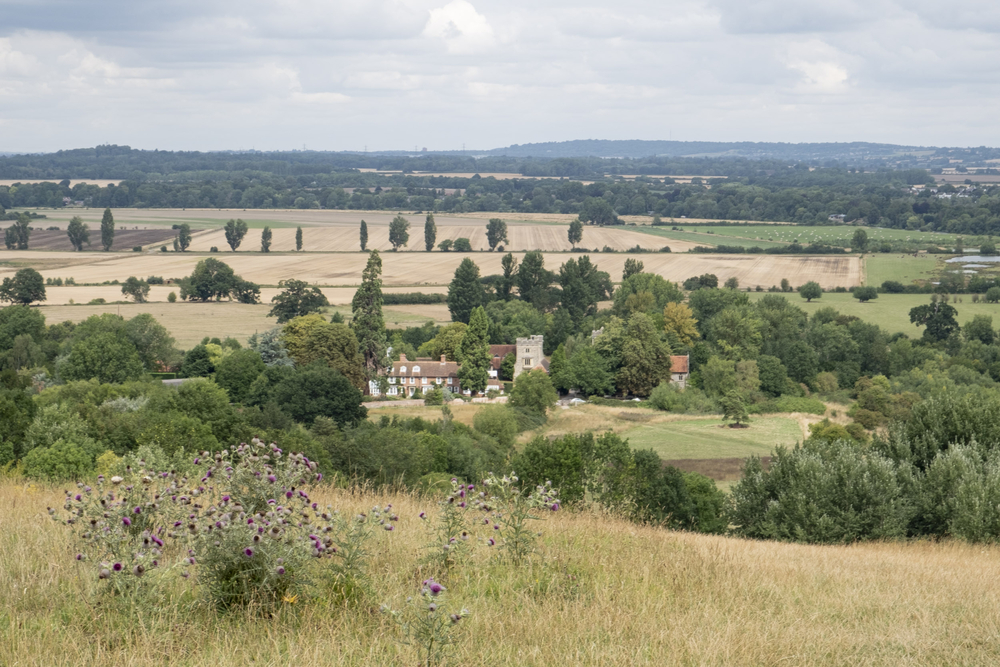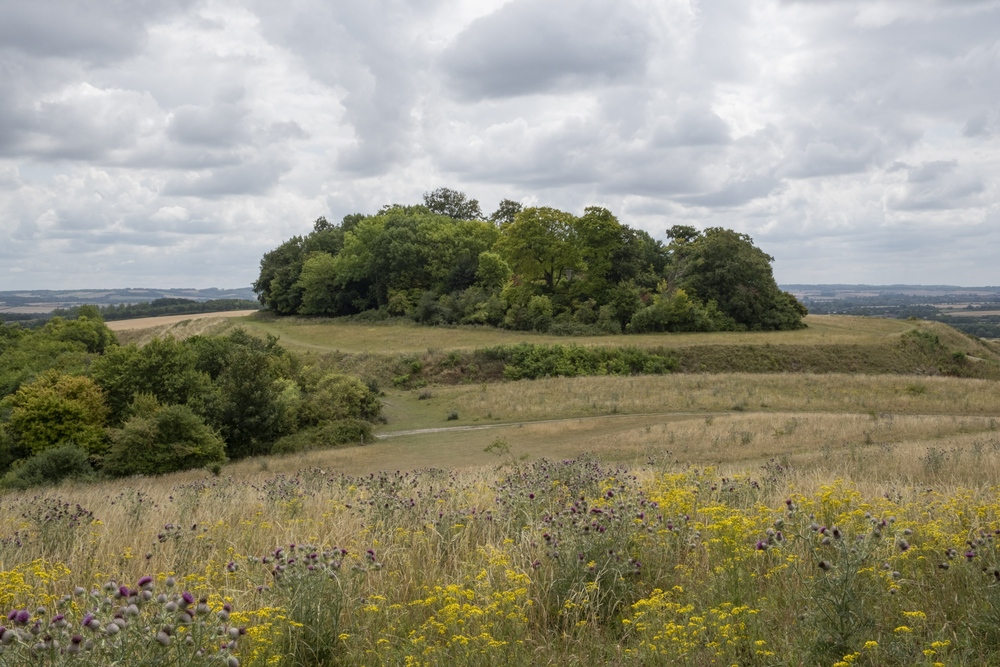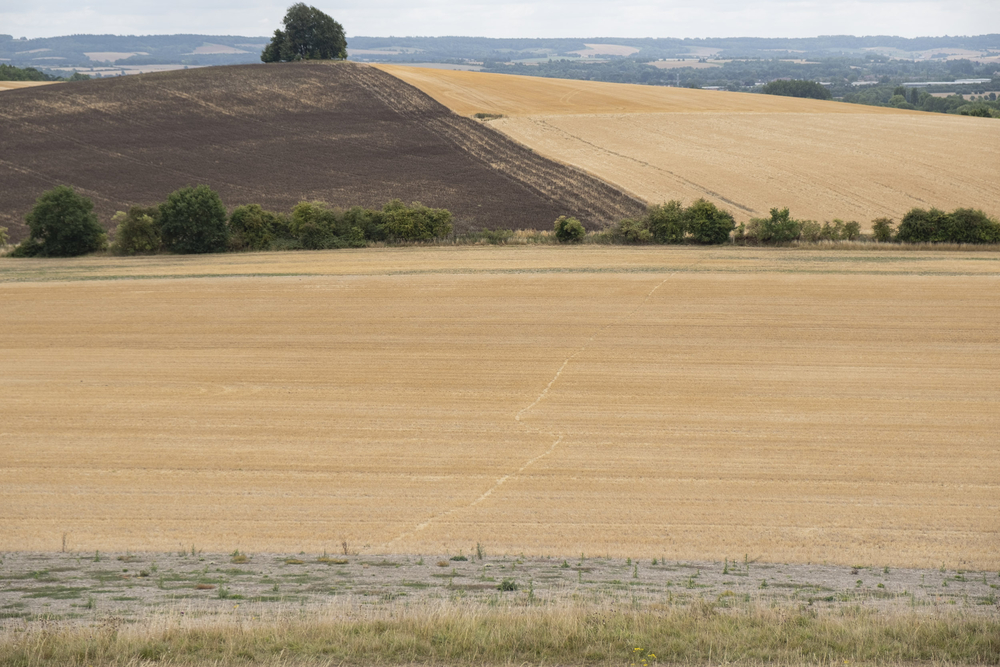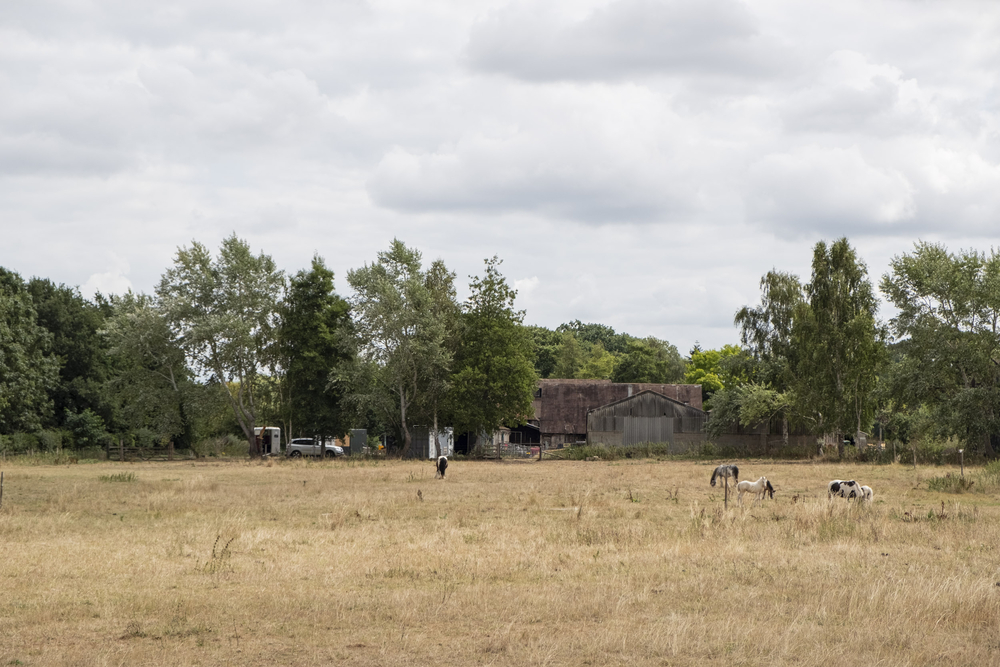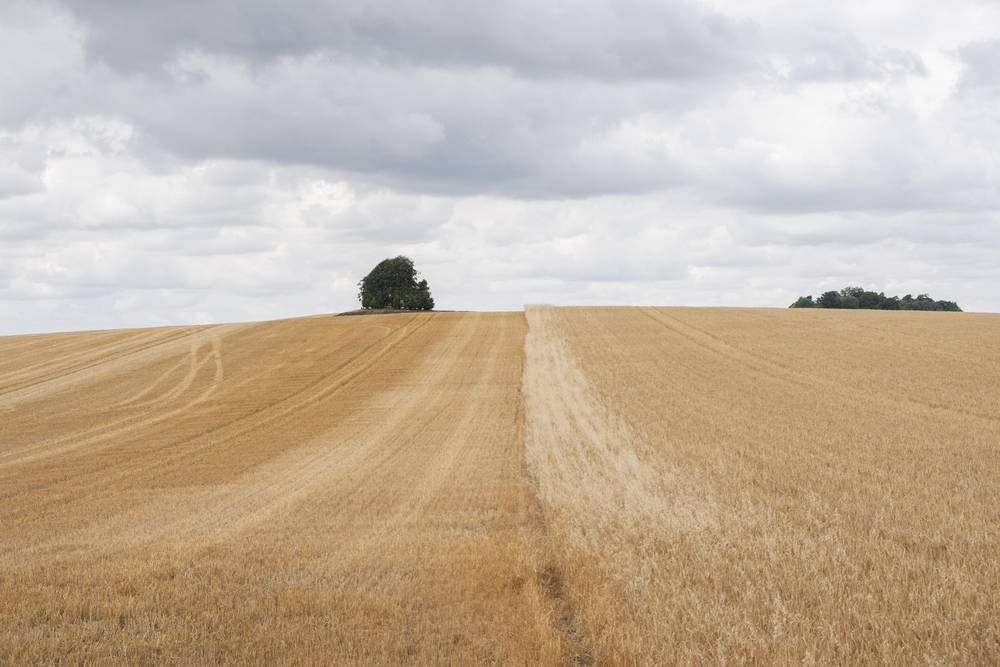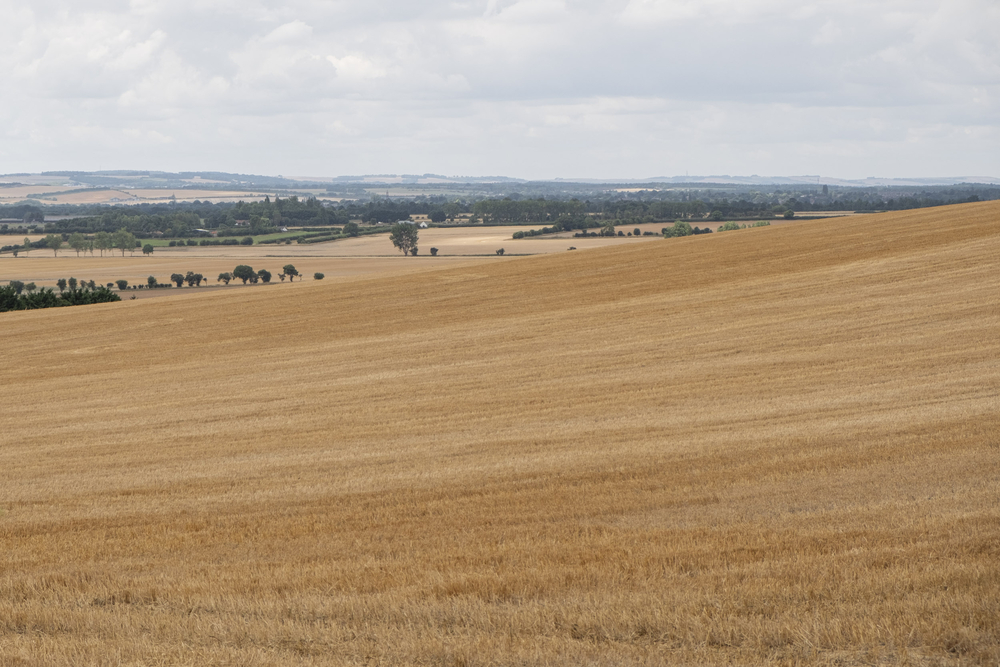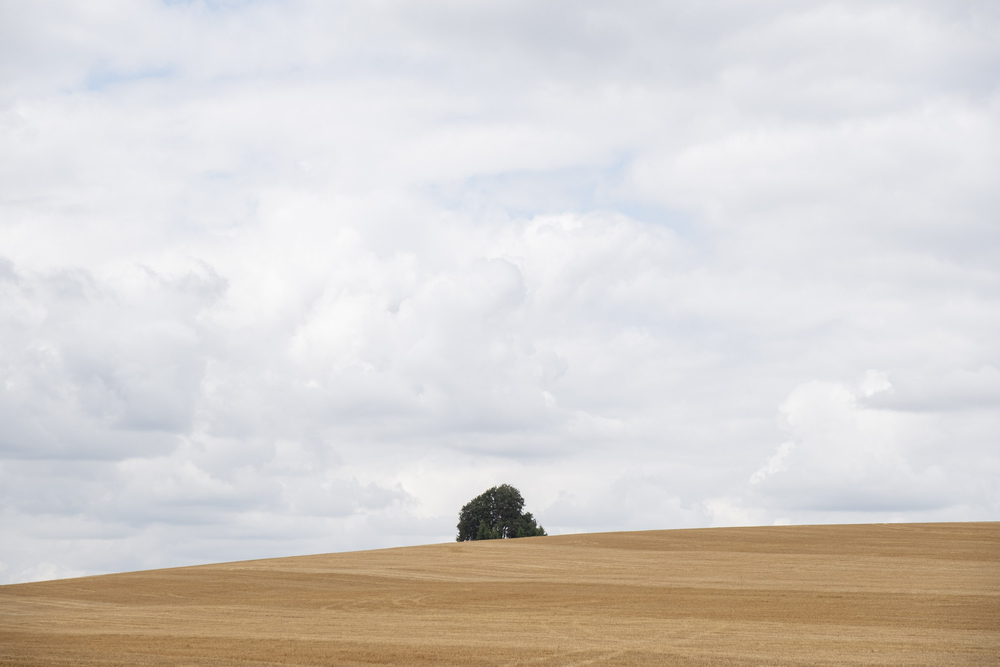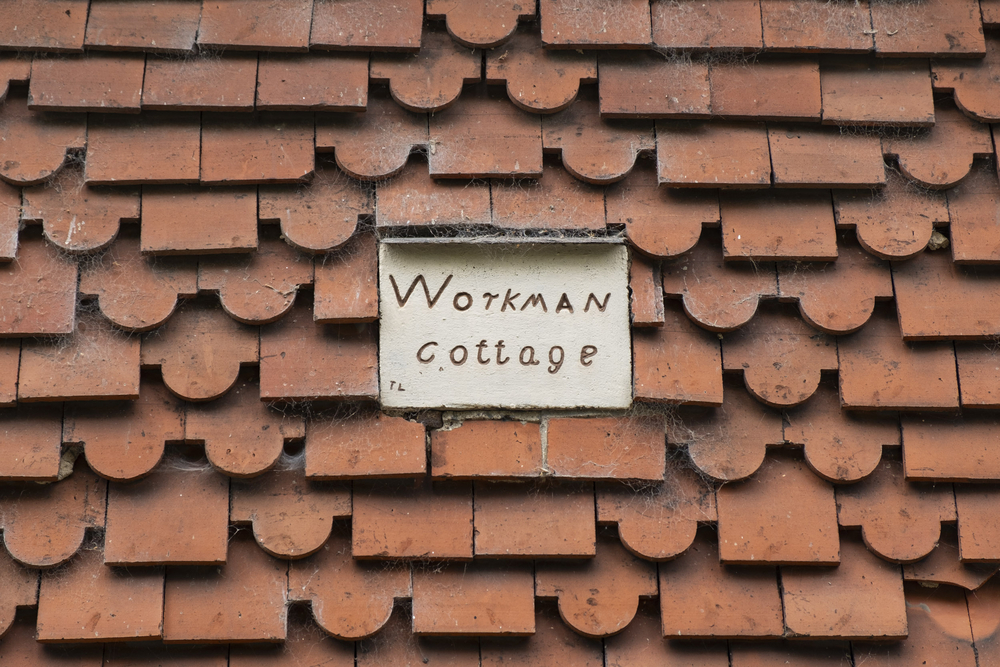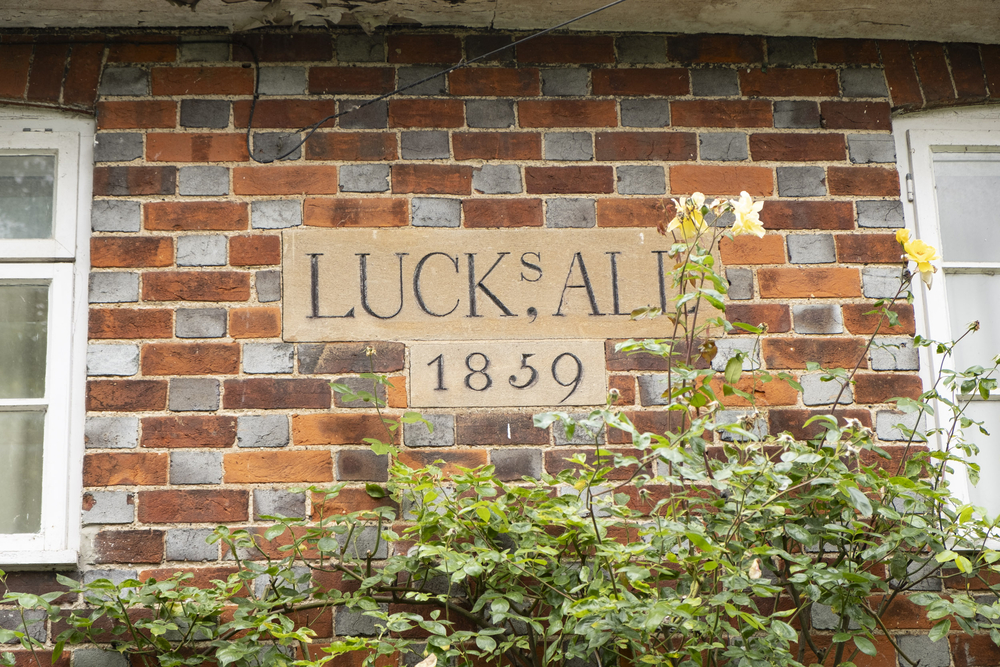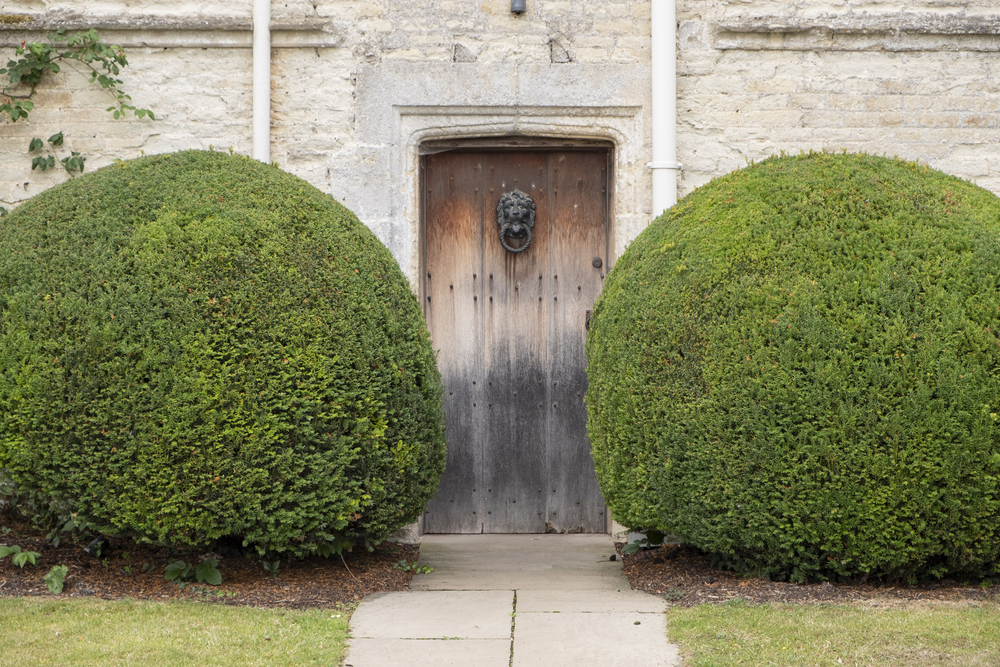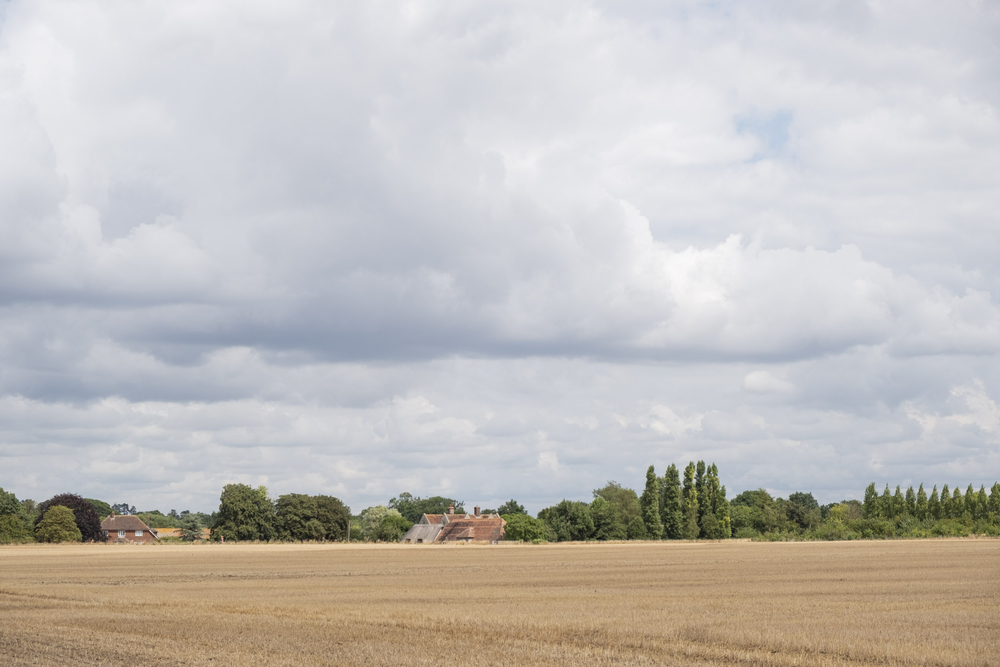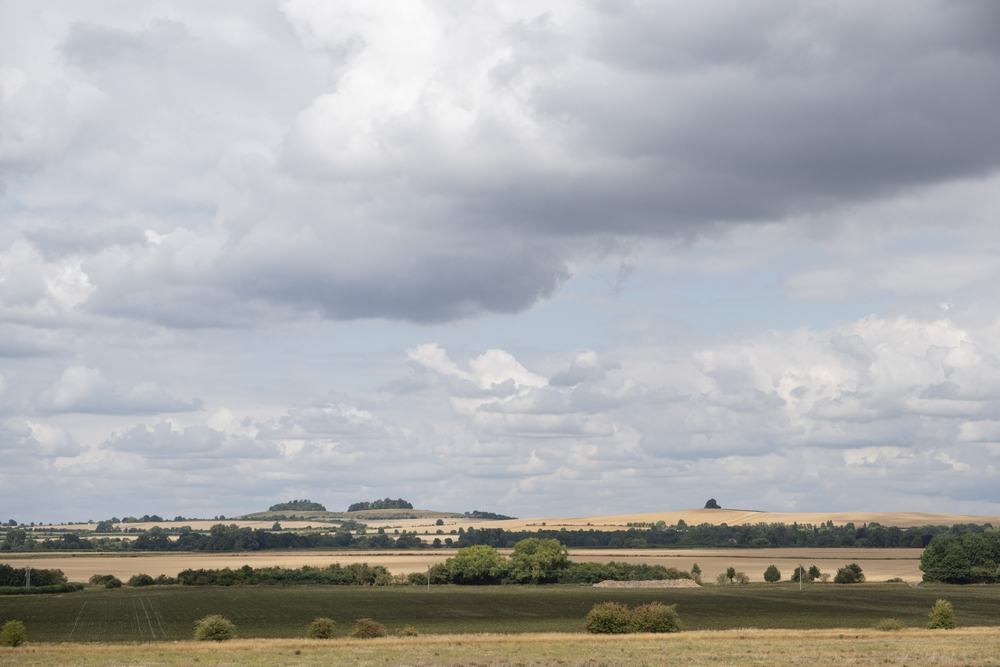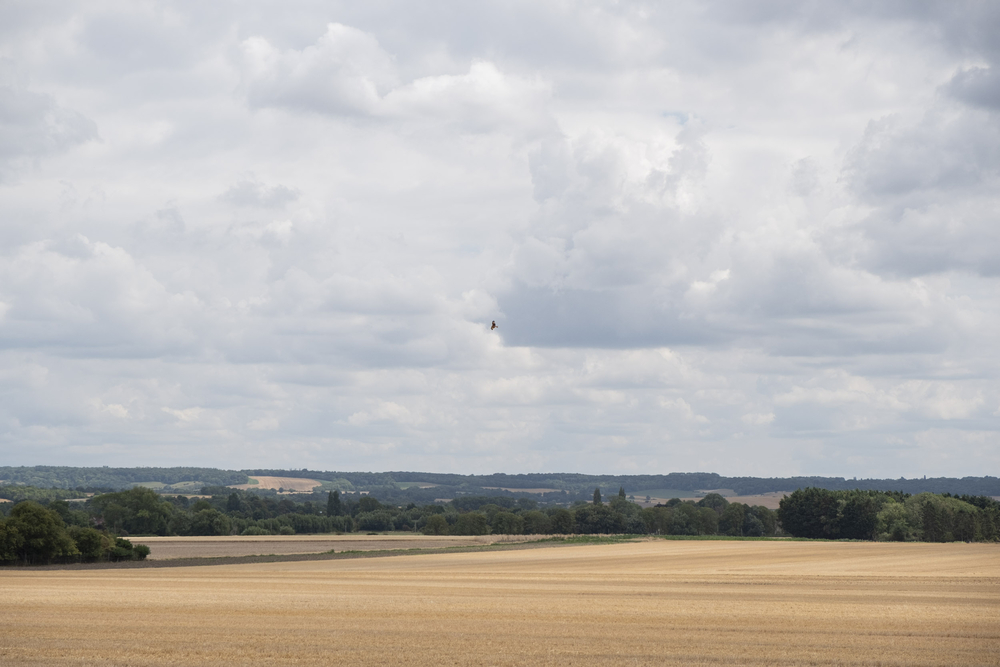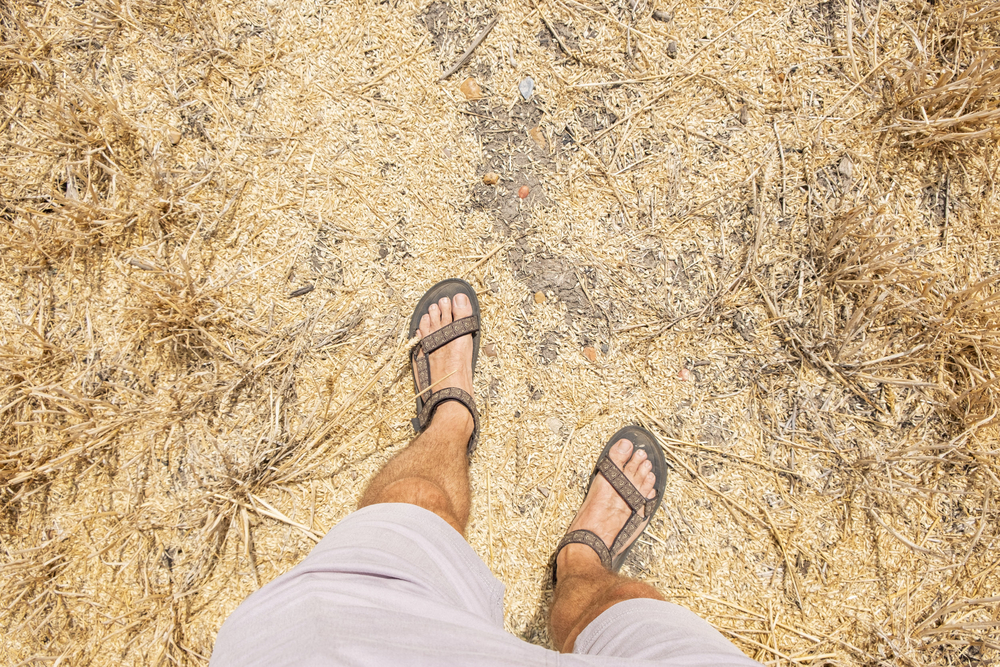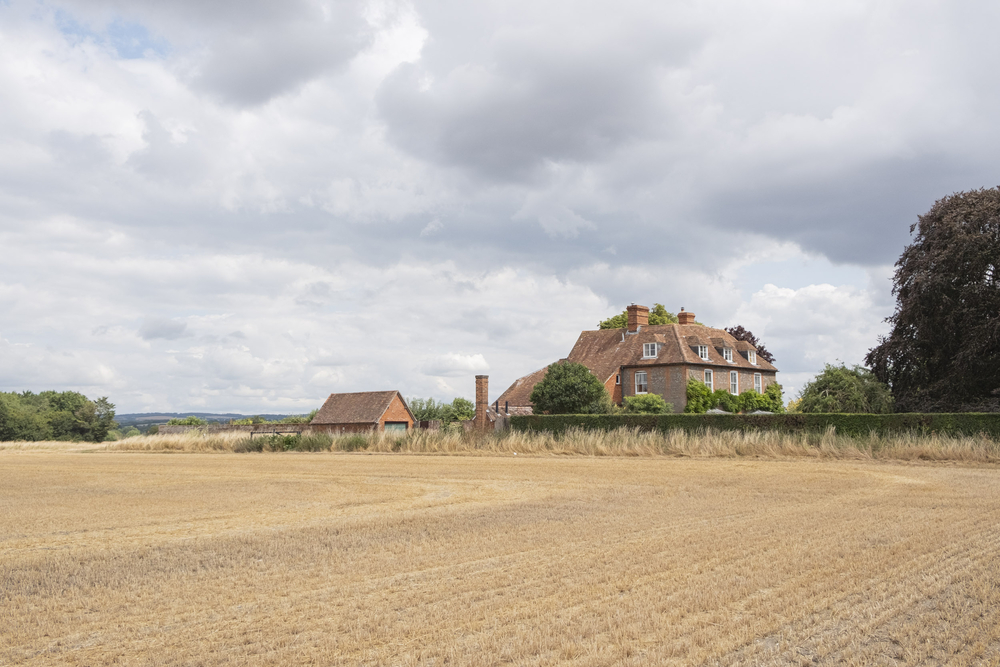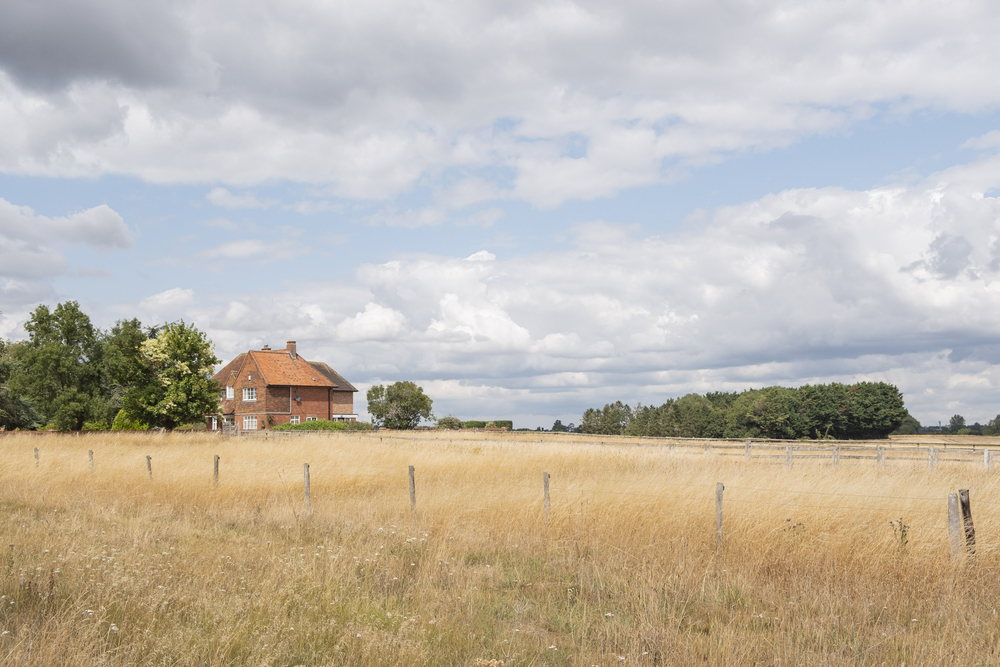Nash Country
It is August. Thorn berries ripen and I am in Nash Country, following the Thames to Wittenham to see his beloved Clumps.
From Goring the houses parade down to the river in some style. I am on lanes, alleys, and then the edge of fields. The other souls are fishermen, elderly locals, dog walkers. “Going far?” “To the clumps” (I have forgotten their name). “Wittenham?” “Yes!”.
Commuter trains siphon to my right. Unexpected alpacas. The glassy river floes to my left. Blackbirds, bunnies, horse chestnuts turning autumnal. Yesterday’s rain and an early morning dew mean my shoes soak quickly and I switch to sandals.
Sentinel wood pigeons are everywhere. A lane called Swan’s Way reminds me of all the Proust I haven’t read. Having left the house at 4:30am and driven an hour and a half I am hungry immediately and my rations are decimated by 8am.
Kingfisher! That unmistakeable brush of blue.
A lone rower, oars clacking in the rowlocks. An ivy covered pillbox, the first of many still guarding the river against threats from another century. Blousy willowherb, silvery shivering poplars that put me in mind of other places. Landscapes cascade from landscapes like Russian dolls. The pale pink breasts of linnets and white chaffinch bums. A green woodpecker.
Some things come bubbling up from childhood: Elderberries. Cuckoo pint. More woodpigeons. An estate of red-bricked houses, each with a blinking yellow intruder alarm. Joggers.
Another kingfisher!
I pop into a couple of rural churches. They seem to be everywhere I turn. Most are locked. I finally get to Dorchester Abbey, my first proper stop. There’s a small museum. An old lady is eager to show me around despite “not technically being open”. Local children have drawn pictures of Roman pots. The Dorchester During the Wars exhibit is particularly popular, my guide tells me. A vinyl banner on the ancient wall diagrams 6000 years of history. The tea rooms are closed.
I am the only soul in the abbey. There are almost-gone wall paintings, reclined figures on tombs, the requisite dog-at-nobleman’s-feet. The air hangs like a dusty curtain. I can touch the endlessly-expiring days. The cloister gallery is pitch black as I walk in and for a second I feel an old-fashioned fear of being alone in a church and then the autolights kick in and all is well again.
Back at the river I disturb a tree of crows so that they fill the sky. St. Peter's church, Little Wittenham is open. I kneel at the altar. I say the Lord’s Prayer and hear the echo of the same words spoken every day in that place for hundreds of years. My own offering is immediately history too.
Round Hill and a pair of kestrels are seeing off a buzzard. Big burr balls. Teasels. The hilltop copse has Wayland’s Smithy vibes, shimmering with magic. The wind riffles mischievously through the trees. People have made dens, had fires. We share the space with ghosts.
I visit two spots on my map from which Nash famously painted the Clumps. Neither view looks anything like the paintings, for Nash has of course painted himself rather than the landscape. I think that every painting is an abstraction; the merging of ourselves with the world to create a third separate thing that is nothing like either of the two inputs.
As I wend my way to the train at Cholsey I turn and turn to take photos of the Clumps because they are famous and I came to see them they have cultural power. It was a relief today to feel that they also had actual power of their own, and that I could feel it in my bones. The last field has been cropped right down to the cracked earth. The sun beats down, everything is arid as a desert. I have walked nineteen miles in sandals and my heels look like the riven earth.
If you use Komoot for your walks, you can replicate the above by clicking here.
